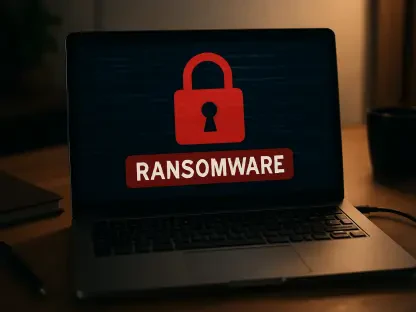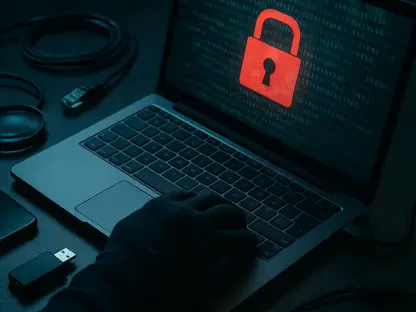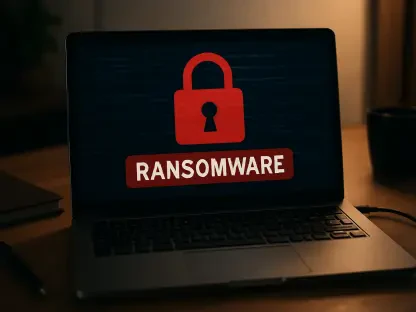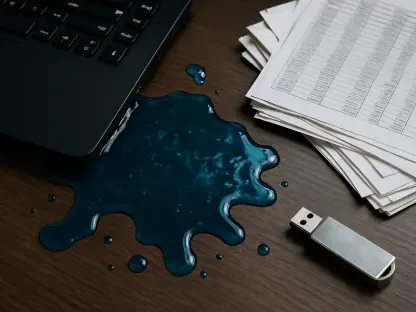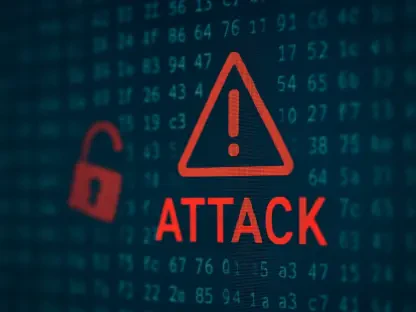In an era where digital content shapes perceptions, a staggering reality emerges: AI-generated videos are now so lifelike that distinguishing fact from fiction has become a daunting task, and Sora 2, a groundbreaking generative AI tool developed by OpenAI, has taken video creation to unprecedented heights by enabling users to craft hyper-realistic visuals from mere text prompts or images. Initially launched with restricted access through invitation codes in September, its recent wider availability has amplified both excitement and alarm. The potential for deepfake misuse looms large, threatening trust across personal, professional, and societal spheres. This guide delves into the critical need to address these risks, offering actionable best practices to safeguard against deception while navigating the transformative power of such technology.
Unveiling Sora 2: A Breakthrough with Hidden Dangers
Sora 2 stands as a pinnacle of innovation, pushing the boundaries of what generative AI can achieve with videos that mimic reality down to subtle emotional nuances and natural movements. Its ability to simulate entire worlds from simple inputs has captivated creators, yet this very realism fuels significant security concerns. With broader access now granted, the tool’s capacity to produce convincing deepfakes—fraudulent videos that can deceive even trained eyes—demands urgent attention from individuals and organizations alike.
The implications of unchecked misuse are vast, ranging from personal identity theft to large-scale fraud in critical sectors. Addressing these dangers is not merely a technical challenge but a societal imperative to preserve trust in digital interactions. This article explores the technological marvel of Sora 2, the inherent security risks it poses, the regulatory hurdles that must be overcome, effective defense strategies, and the broader impact on various industries.
A clear understanding of these elements is essential for stakeholders aiming to harness the benefits of such AI advancements while mitigating their darker potential. The focus here is on equipping readers with the knowledge and tools needed to navigate this dual-edged landscape, ensuring that innovation does not come at the cost of safety.
Why Deepfake Risks Demand Immediate Attention
The hyper-realistic output of Sora 2 underscores a pressing need to confront deepfake threats head-on, as the line between authentic and fabricated content blurs. These AI-generated videos can be weaponized for social engineering, impersonation, and financial scams, creating ripple effects that undermine confidence in digital platforms. Proactive measures are vital to prevent such misuse from escalating into widespread harm, particularly in environments where trust is paramount.
Failing to act swiftly could result in severe consequences, such as eroded credibility in professional settings like remote job interviews or virtual consultations in healthcare. The potential for fraud in these contexts not only jeopardizes individual livelihoods but also destabilizes entire industries, including law, where fabricated evidence could taint judicial processes. Early intervention through robust security practices offers a chance to maintain integrity in these critical areas.
Beyond immediate threats, the societal impact of deepfakes extends to a fundamental loss of faith in what is seen and heard online. As digital interactions become central to daily life, ensuring the authenticity of content is no longer optional but a cornerstone of preserving meaningful human connection and operational trust across sectors.
Strategies to Combat Sora 2 Deepfake Threats
Mitigating the risks associated with Sora 2 requires a multifaceted approach, blending technological solutions with heightened awareness and policy advocacy. The following strategies provide a roadmap for individuals, businesses, and policymakers to counter the sophisticated deception enabled by deepfake technology. Each method is grounded in expert insights and practical application, ensuring relevance in real-world scenarios.
These best practices aim to empower stakeholders to stay ahead of malicious actors who exploit AI tools for harmful purposes. By adopting a layered defense system and fostering collaboration across fields, the damaging potential of deepfakes can be significantly curtailed, safeguarding both personal security and institutional reliability.
Strengthening Authentication with Multi-Layered Defenses
One of the most effective ways to combat deepfake threats is through enhanced authentication protocols that verify identities in digital spaces. Implementing multifactor authentication, alongside likeness checks and device location verification, creates formidable barriers against impersonation. These measures ensure that interactions, whether in professional or personal contexts, are grounded in confirmed authenticity.
Additional scrutiny of virtual environments, such as checking for repeated use of backgrounds in video calls, can reveal fraudulent identities attempting to mask their deception. Balancing these rigorous checks with user convenience remains crucial, as overly complex systems may lead to resistance or noncompliance. Tailoring authentication processes to specific use cases helps maintain a seamless experience without compromising safety.
Real-World Application in Remote Hiring
In remote hiring scenarios, employers can integrate random authentication checks during video interviews to confirm a candidate’s identity. For instance, requesting spontaneous actions or secondary verification via a secure app during a Zoom call can deter deepfake impersonation. Such practices protect organizations from hiring fraud while reinforcing trust in digital recruitment processes.
Enhancing Detection Through Advanced Tools and Vigilance
Detecting AI-generated content demands specialized tools, as current safeguards like watermarking often fall short against determined threat actors. Software designed to analyze video for subtle anomalies—such as unnatural pauses, inconsistent lighting, or repetitive behavioral patterns—offers a critical line of defense. Investing in these technologies is essential for staying ahead of increasingly sophisticated deepfakes.
Equally important is training individuals and organizations to recognize signs of fakery through education on visual and auditory cues. Regular workshops and updated guidelines can sharpen vigilance, enabling early identification of suspicious content. This human element, paired with technical solutions, forms a comprehensive shield against deception.
Case Study: Legal Sector Challenges
In the legal sector, law firms can leverage detection software to differentiate between genuine footage and AI-fabricated evidence. By integrating these tools into case preparation and courtroom proceedings, judicial integrity is upheld, preventing manipulated content from influencing outcomes. This application highlights the necessity of tailored solutions in high-stakes environments.
Advocating for Swift Regulatory Frameworks
The rapid evolution of generative AI tools like Sora 2 has outpaced existing regulations, leaving a gap that bad actors readily exploit. Advocating for swift policy development is imperative to establish boundaries on the use and distribution of such technology. Governments and industry leaders must prioritize frameworks that address misuse while supporting innovation.
Until comprehensive laws are enacted—potentially within the next 12 to 18 months from now—organizations should adopt interim policies to govern AI tool usage internally. Industry standards, developed through collaboration, can serve as a temporary bulwark against threats, ensuring accountability in the absence of broader legislation.
Global Policy Push Example
Efforts across multiple countries to draft laws targeting AI misuse demonstrate a growing recognition of deepfake dangers. International cooperation in sharing best practices and legal templates could accelerate the creation of effective protections, fostering a unified front against this global issue. Such collective action underscores the urgency of aligning policy with technological advancement.
Final Thoughts: Balancing Innovation with Security
Looking back, the journey through Sora 2’s capabilities revealed a technology brimming with creative promise yet shadowed by significant security perils. Stakeholders in sensitive sectors like law and healthcare adapted by embracing multilayered defenses, while everyday users grew more vigilant through education on detection techniques. The push for regulatory frameworks gained momentum as a vital step toward curbing misuse.
Moving forward, organizations must assess their readiness to implement robust security protocols and invest in user training to handle AI tools responsibly. Ethical considerations around the deployment of generative AI should guide decision-making, ensuring that adoption aligns with societal values. Staying informed on evolving regulations will be key to navigating this landscape.
As the digital realm continues to transform, collective action stands as the cornerstone of addressing the global deepfake challenge. By pairing vigilance with strategic planning, stakeholders can harness the benefits of innovations like Sora 2 while safeguarding against their risks. This balanced approach paves the way for a future where technology enhances rather than undermines trust.



